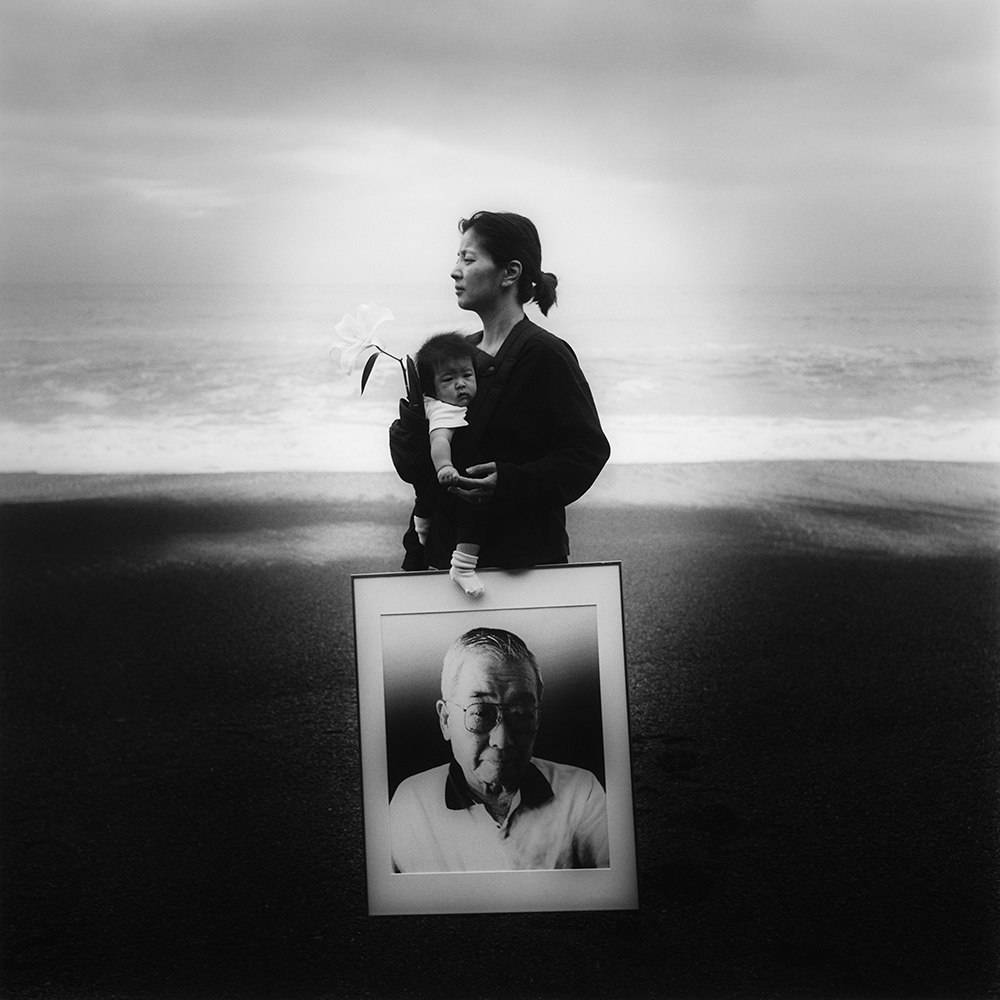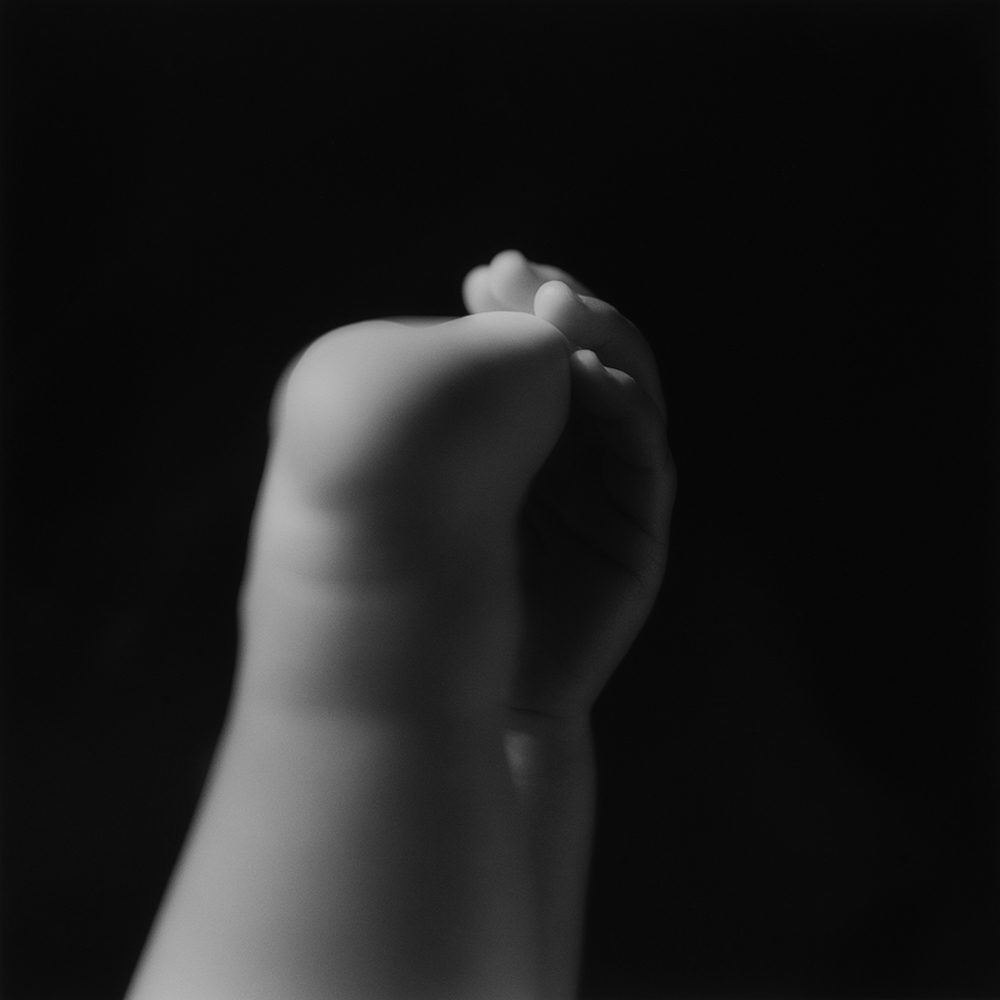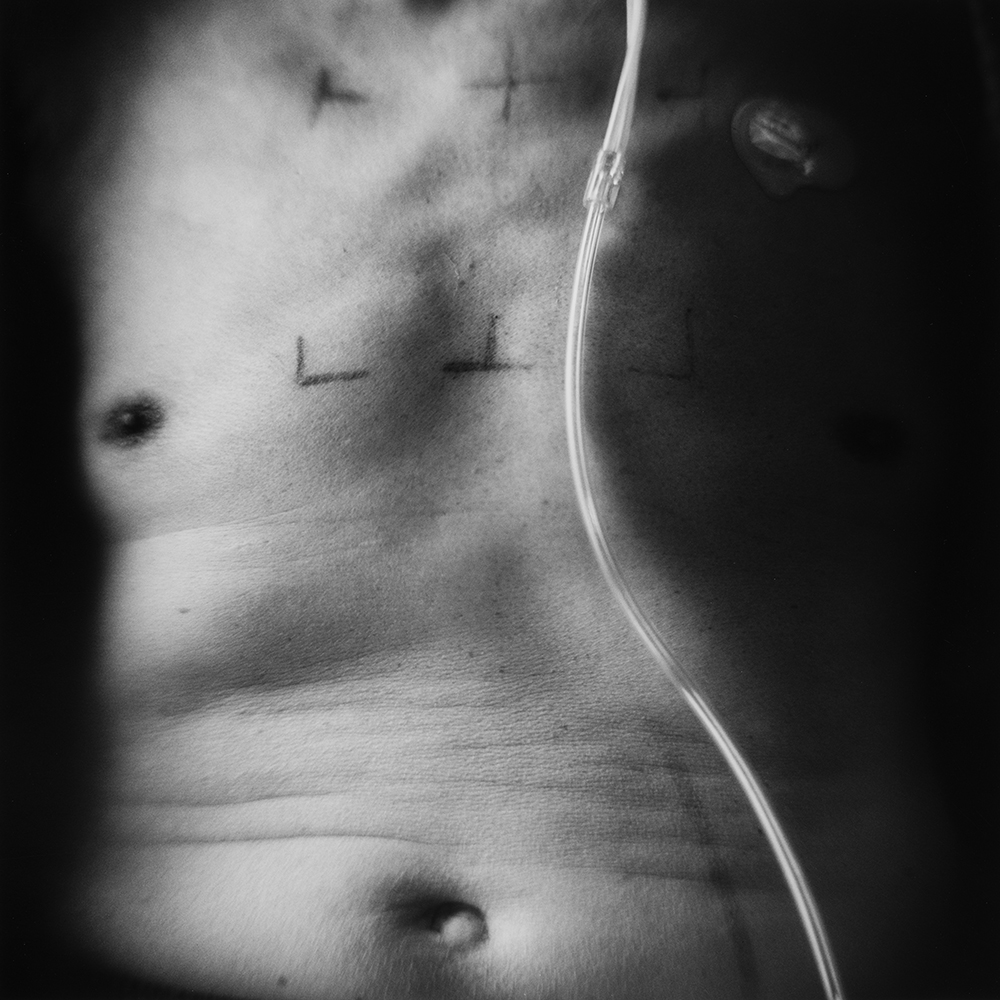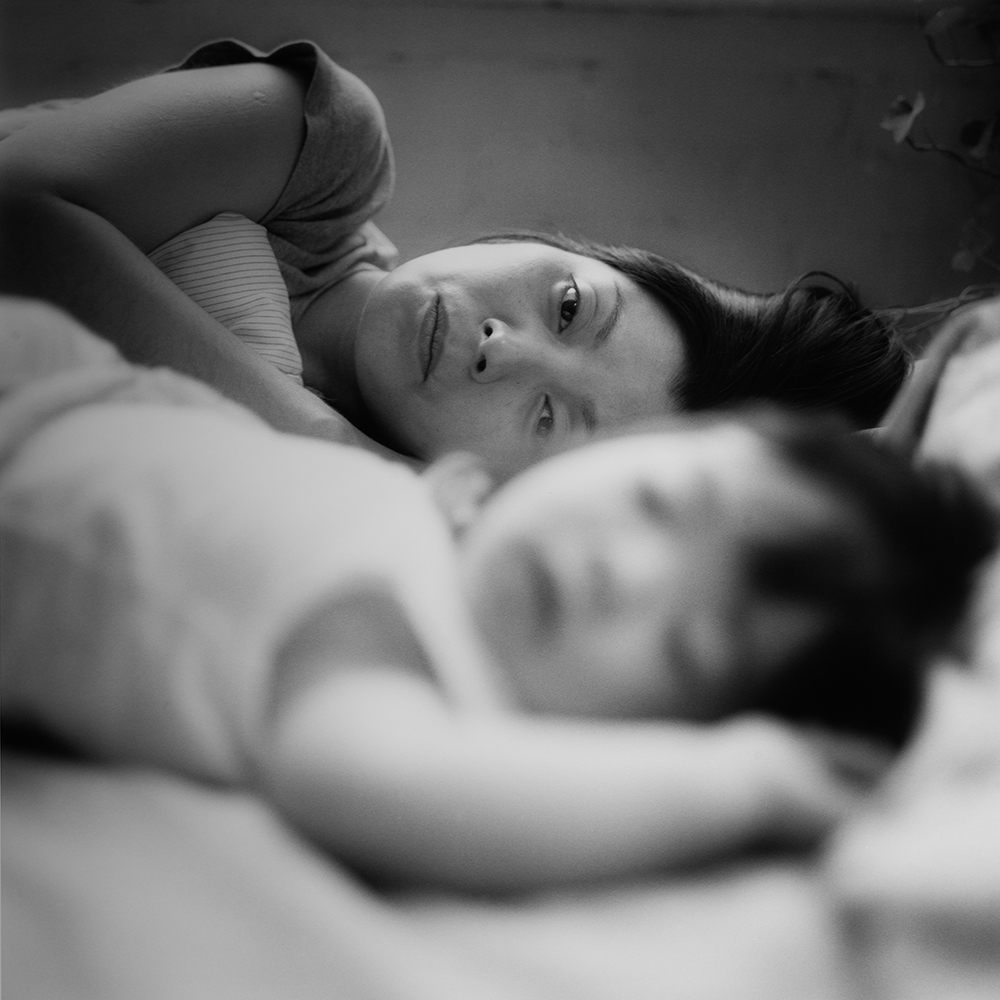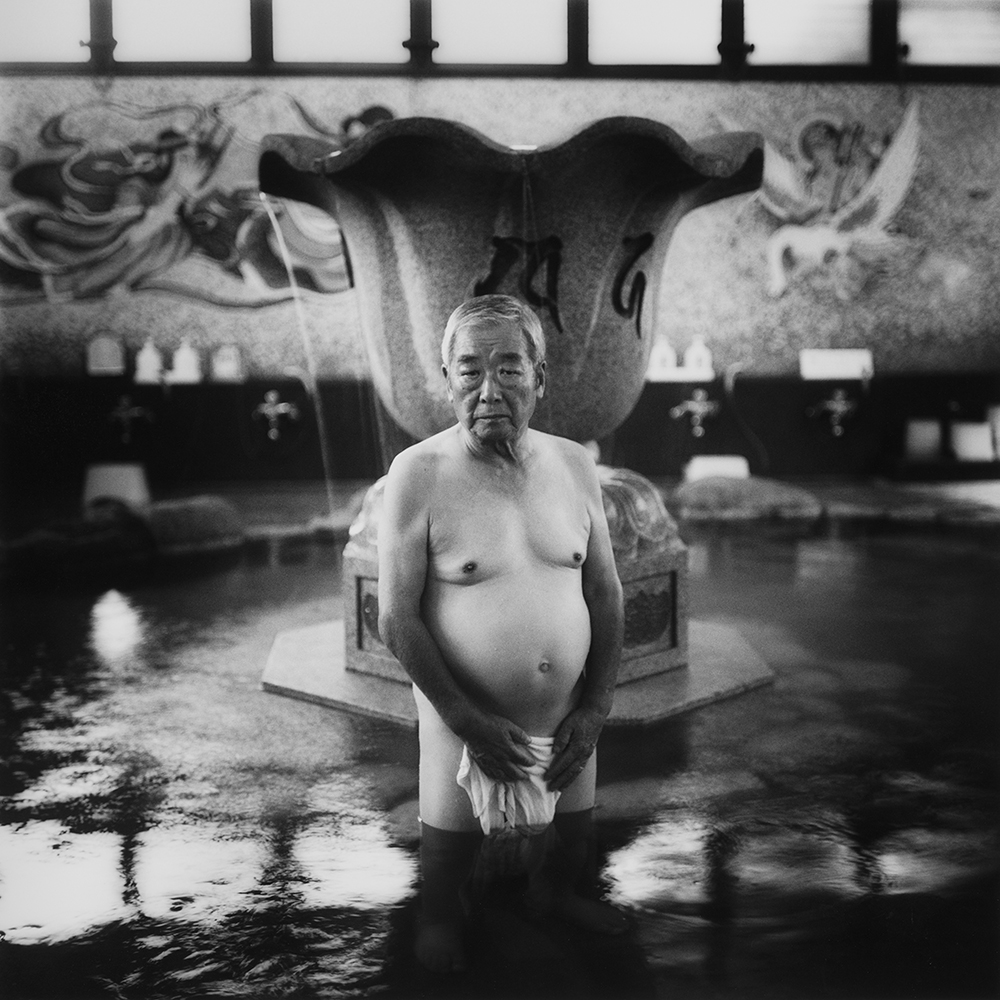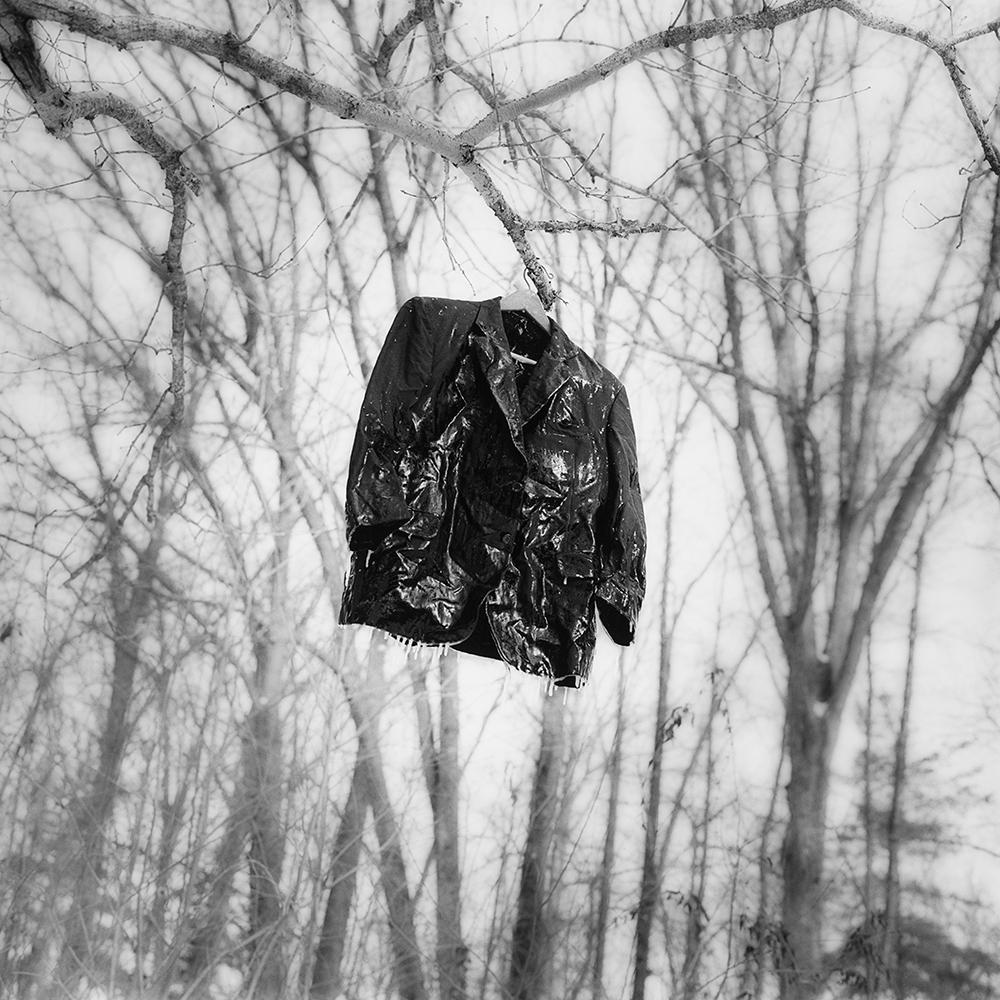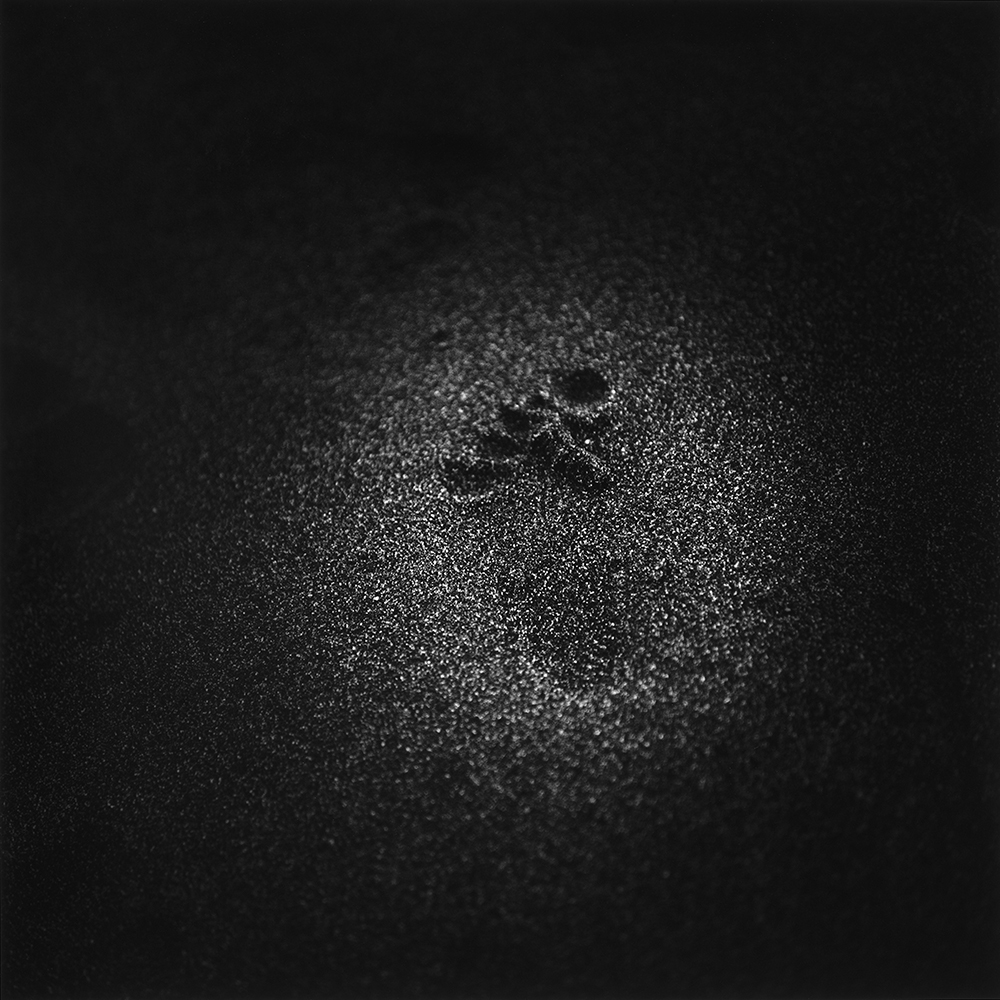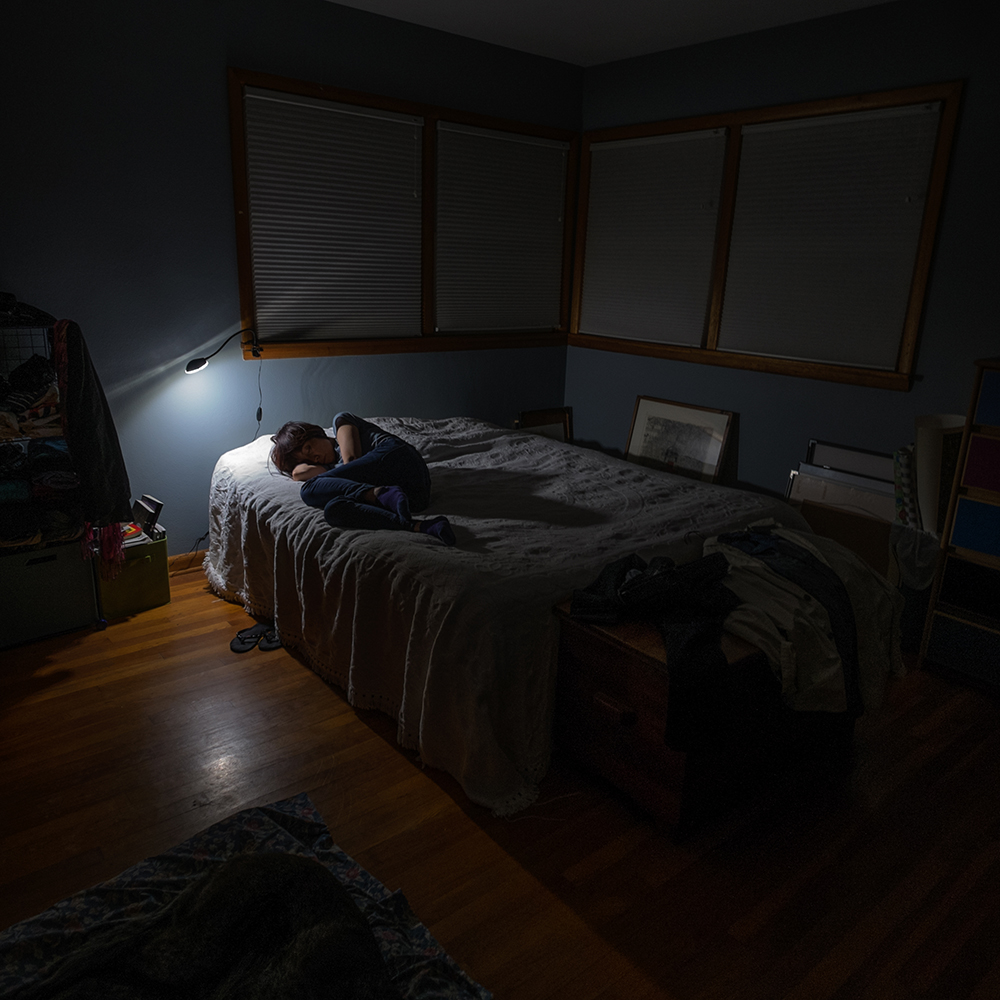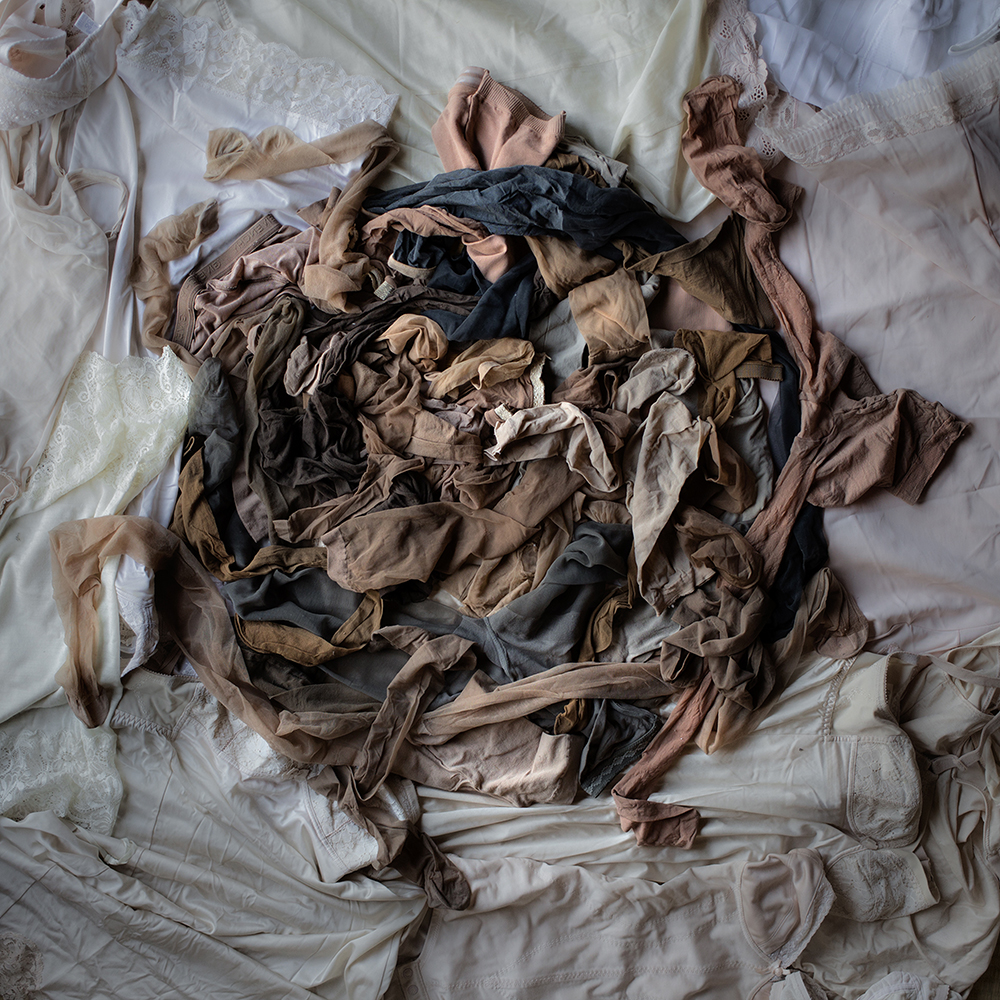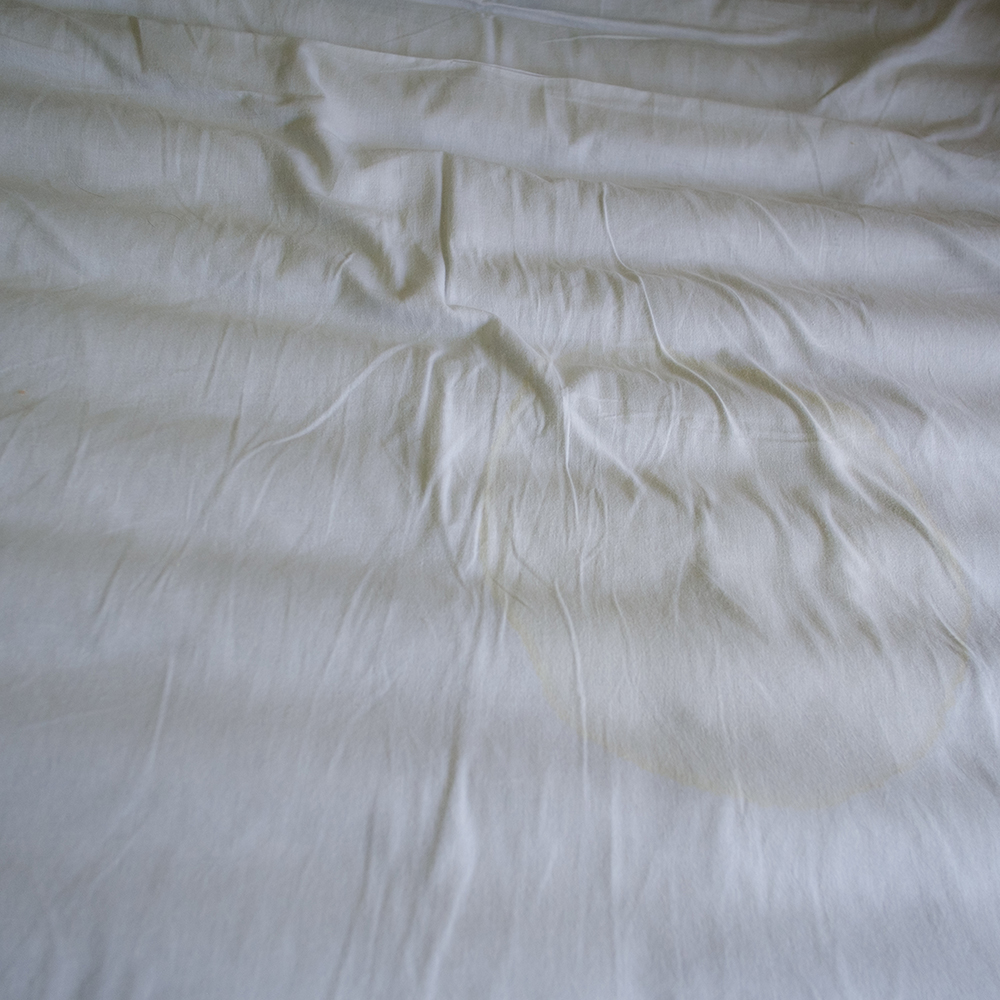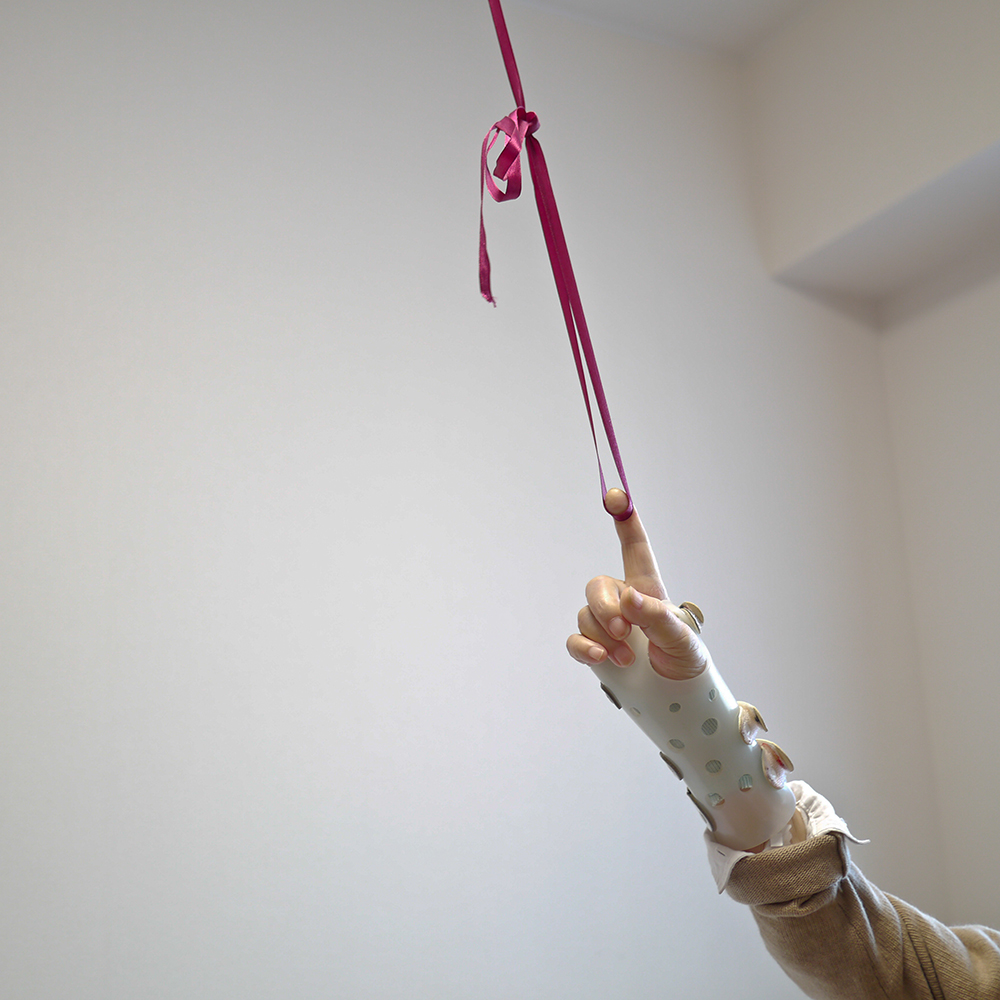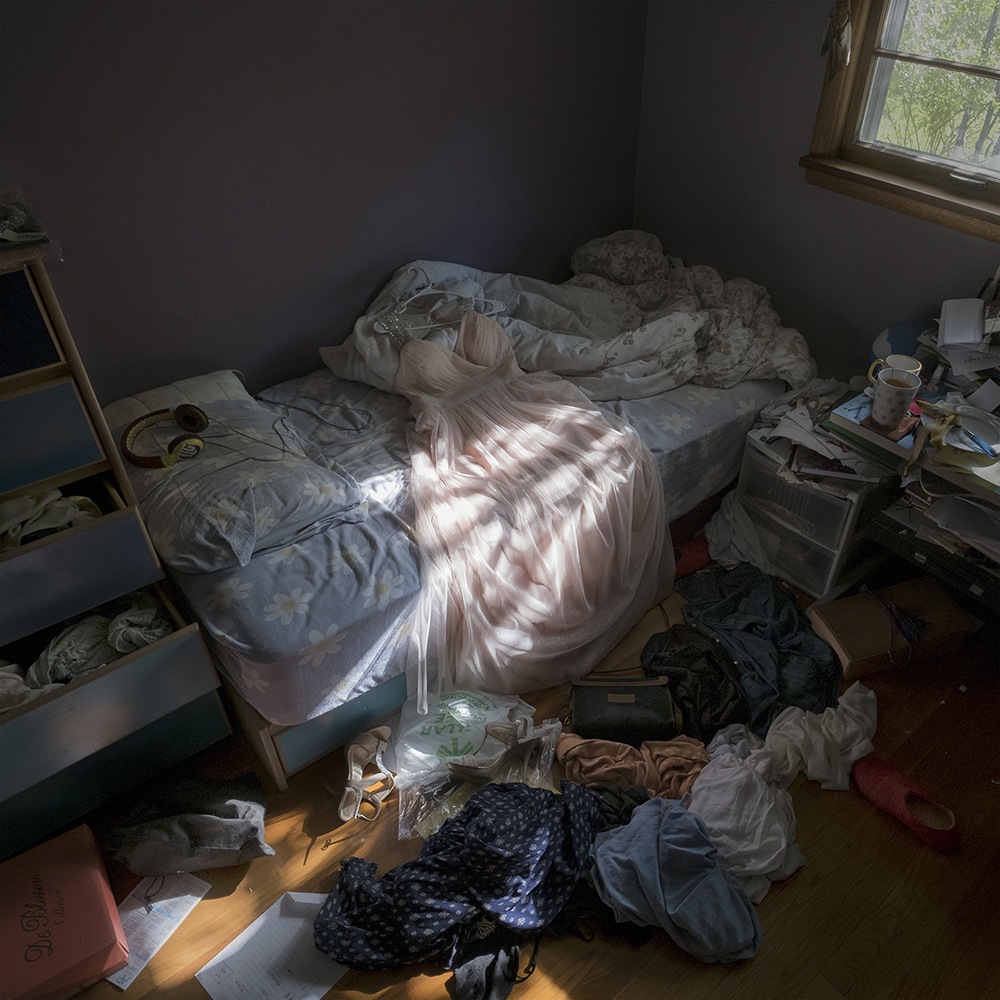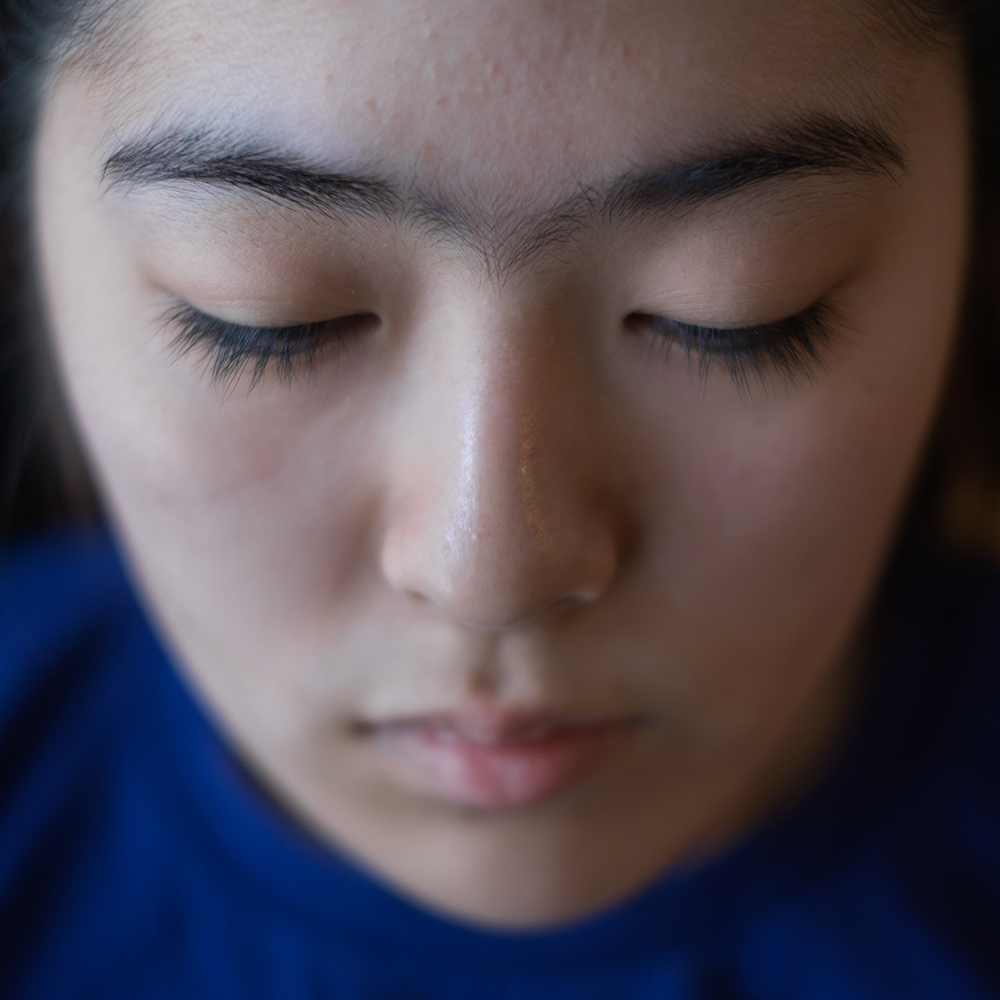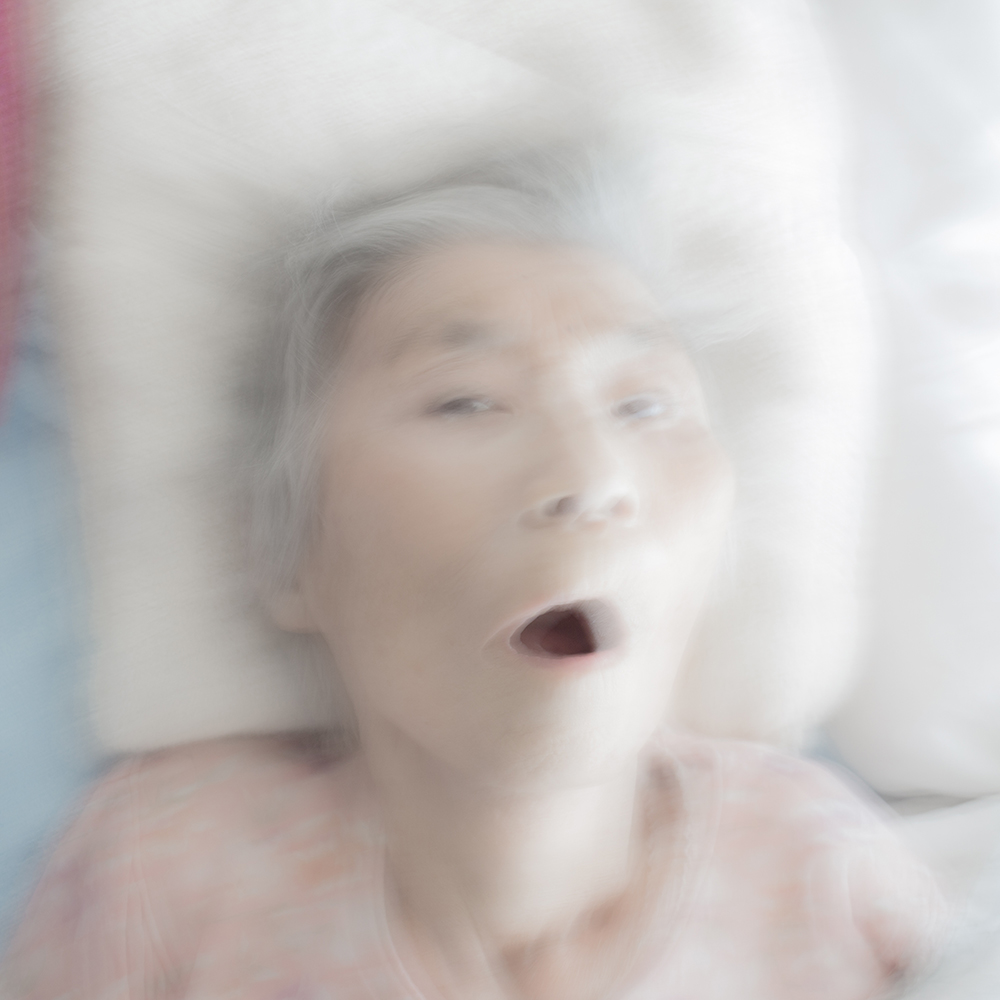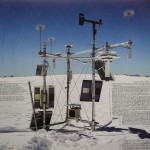Love’s Labors: Osamu James Nakagawa: Kai: Following the Cycle of Life
Love’s Labors: Labor is often described as being of the body, and economists have spent centuries calculating formulas to explain its value. But there is a lacuna in all of these calculations, the invisible and the ephemeral—love. How do we calculate the value of love, and how did its meaning in popular culture become so romantic? This week’s artists reinforce labor’s physicality: at times they visualize acts of labor or a person who labors, and at times their pieces are a description of their own labor. Either way, they render the unseen—people, emotions, experiences, materials—visible. But through such work, they also assert that labor is not just a physical act: it’s spiritual, emotional, and intellectual, all of which can be mutually enriching. What does labor look like when it’s driven by love? — Elizabeth M. Claffey
Osamu James Nakagawa transforms image making into a ritual, participating in the cyclical experience of life and death. He becomes a bridge between generations, using a visual language to reunite his ancestors with his daughter. In this way, he outlines the meaning of his own life while acknowledging its passing—he is never more than a shadow while his family is rendered in careful hues, lines, and shapes. Kai I and II is an ongoing series that began at the intersection of his father’s death and daughter’s birth. Eventually, he photographed the death of his mother as well. Dying is not easy. Nor is growing up or growing old. As his mother lay dying, he photographed her last breath—the exchange was a gift: her last labor and his love.
Osamu James Nakagawa was born in New York City in 1962 and raised in Tokyo. He returned to the United States; moving to Houston, Texas, at the age of 15. He received a Master of Fine Arts from the University of Houston in 1993. Currently, Mr. Nakagawa is the Ruth N. Halls Distinguished Professor of Photography at Indiana University.
Nakagawa is a recipient of the 2009 Guggenheim Fellowship, the 2010 Higashikawa New Photographer of the Year, and 2015 Sagamihara Photographer of the Year in Japan. Nakagawa’s work has been exhibited internationally, including From the Cave, Tokyo Photographic Art Museum; 2019 Kyotographie, Eclipse+ Kai: Osamu James Nakagawa, Gallery Sugata; Photography to End All Photography, Brandts Museum, Denmark; OKINAWA TRILOGY: Osamu James Nakagawa, Kyoto University of Art and Design; War/Photography, Museum of Fine Arts, Houston; After Photoshop: Manipulated Photography in the Digital Age, The Metropolitan Museum of Art, New York, and others.
His work is included in numerous collections, including the Metropolitan Museum of Art; George Eastman Museum; Tokyo Photographic Art Museum; Museum of Fine Arts, Houston; Sakima Art Museum, Okinawa; The Museum of Contemporary Photography Chicago, Nelson-Atkins Museum of Art, and others. Nakagawa’s work appears in many international publications. Recently, his work was published in A World History of Photography 5th edition by Naomi Rosenblum, and A Shared Elegy: Emmet Gowin, Elijah Gowin, Takayuki Ogawa, Osamu James Nakagawa from Indiana University Press. Nakagawa’s monograph GAMA Caves is available from Akaaka Art Publisher in Tokyo, Japan.
Currently, Nakagawa is preparing for the exhibition at Halle für Aktuelle der Kunst during the 2022 Hamburg Photography Triennial and the retrospective exhibition at the The Richard E. Peeler Art Center, De Pauw University in 2023.
Kai: Following the Cycle of Life
Kai: Following the Cycle of Life. 1998 –Present Kai questions the link between the self, parent, and child as it relates to my family’s heritage and histories. Kai concerns itself with finding points of connection and disconnection between actual and constructed memories on both cultural and familial levels. I began the Kai series in 1998 when I found out that my father was dying of cancer. I began to photograph as a way to understand and accept his illness and progression towards death. At this time my wife was also pregnant with my daughter. Through photography I began to understand the cyclical nature of life and death. Over the past twenty-three years since starting this series, I have continued to photograph my family members, including my mother who passed away seven years ago. My mother lived alone independently for 12 years in Japan, preceding my father’s passing. As she continued to age, we started to notice her physical and mental fragility, and we made the decision to place her into an assisted care facility in Tokyo. She found adapting to be a difficult process, and the distance between the family scattered across the globe put additional strain on us. Because of these changes, the Kai series began to focus on my mother as she moved towards the end of her life. Through the process of photographing, I have noticed the other transitions in my family life, such as the growth of my daughter. At the beginning of the series, she had not yet been born, and now is growing into a young woman. Kai series weaves images that connect generations. The core message in this body of work is universal, in that it is about family, time, and connection to our ancestors. Kai is the circle that keeps turning.
Elizabeth M. Claffey is an Assistant Professor of Photography at Indiana University in Bloomington, a 2019-20 Research Fellow at The Kinsey Institute for Research in Sex, Gender, and Reproduction and a 2012 William J. Fulbright Fellow. She has an MFA in Studio Art from Texas Woman’s University, where she also earned a Graduate Certificate in Women’s Studies. Before joining the faculty at IU, she participated in The Eddie Adams Workshop and freelanced for various organizations and publications including The Dallas Morning News, NBC Universal Studios, and the United Nations Women’s Fund. In 2017 her work was selected for a Center Santa Fe Director’s Choice Award by Kim Sajet of the National Portrait Gallery in Washington D.C. In 2021, she was awarded an Outstanding Junior Faculty Award and an IU Presidential Award for Research and Creative Activity. Elizabeth’s work has been exhibited nationally and internationally and focuses on identity, kinship, isolation, issues of the body, family history, and cultural/institutional practices.
Posts on Lenscratch may not be reproduced without the permission of the Lenscratch staff and the photographer.
Recommended
-
Earth Week: Ian van Coller: Naturalists of the Long NowApril 22nd, 2024
-
Earth Month Photographers on Photographers: Tyler Green in Conversation with Megan JacobsApril 15th, 2024
-
Shari Yantra Marcacci: All My Heart is in EclipseApril 14th, 2024
-
Artists of Türkiye: Cansu YildiranMarch 29th, 2024
-
Broad Strokes III: Joan Haseltine: The Girl Who Escaped and Other StoriesMarch 9th, 2024


